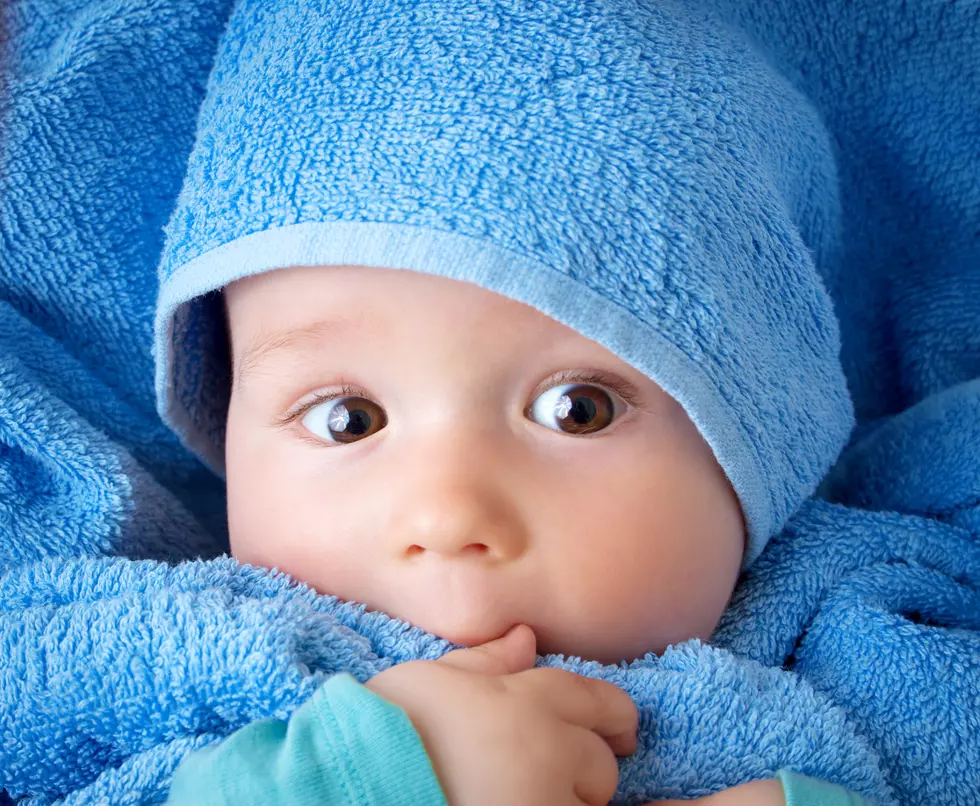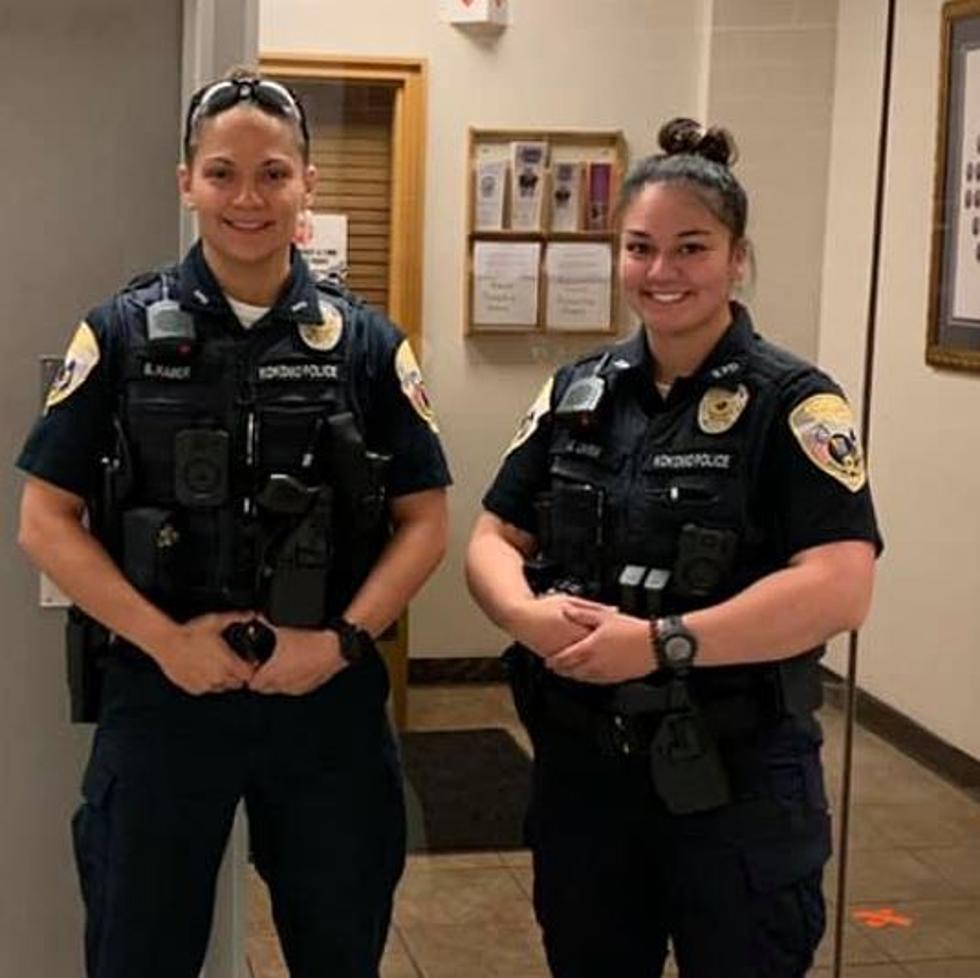
Need A Baby Name? Palindromes Are Hot These Days
Baby making is about the same as it been all along, but baby naming, now there's a topic that will get folks wound up. The latest hot trend in baby names is palindromes.
Palindrome: a word, phrase, or sequence that reads the same backward as forward.
According to Names.org, whose job is to pay attention this stuff, crunch the numbers and they came up with the most popular palindromic names since 1890, so this factors in your grandparents and great-grandparents, some cases:
1) Anna: 896,000
2) Hannah: 434,000
3) Ava: 266,000
4) Ana: 102,000
5) Ada: 96,000
6) Bob: 93,000
7) Otto: 33,000
8) Eve: 25,000
9) Asa: 18,000
10) Elle: 14,000
Now, how about names, backwards and forwards: And if you're ever expecting twins, this is a trick that parents have been using for generations, in coming up with names. For example, if you have two twin boys, Leon and Noel. And it would work for a boy and girl, too, or just add letters and make it Noelle. I actually have relatives (grandmother and grandson) named Aiden and Nadia. Nevaeh is nice, but don't take any letters out of the name, or it will appear like a hand cream (Nivea).
| Forwards | Backwards |
| 1. Leon: 168,000 babies since 1890 | Noel: 61,000 babies since 1890 |
| 2. Aiden: 112,000 | Nadia: 42,000 |
| 3. Nevaeh: 80,000 | Heaven: 26,000 |
| 4. Ali: 37,000 | Ila: 22,000 |
| 5. Nora: 151,000 | Aron: 19,000 |
| 6. Ira: 59,000 | Ari: 18,000 |
| 7. Anaya: 12,000 | Ayana: 11,000 |
| 8. James: 5.2 million | Semaj: 8,000 |
| 9. Arden: 13,000 | Nedra: 7,000 |
| 10. Ami: 8,000 | Ima: 7,000 |
While we're on the topic on baby names, we talked about this when the Game of Thrones finale was on. GOT names are popular. Arya, Emilia (for the actress Emilia Clarke), Khaleesi might be a little tough to lay on a tyke, but if you really want to send them to therapy, not to mention after school tutoring, try DAENERYS Targaryen. Of course, Dad might be leaning towards Star Wars. But whatever you do, don't name the kid Jar Jar.

Goosebumps and other bodily reactions, explained
More From WKFR









